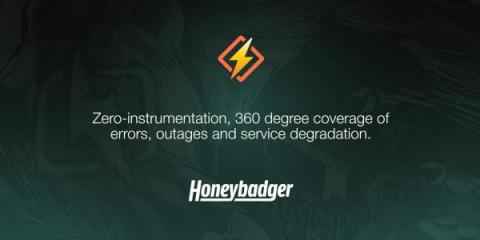Comparing React component libraries
Whether you can’t decide which React component library to use for your React applications, or you're simply curious to know how the popular libraries stack up against each other, you're in the right spot. In this article, I will compare ten of the most popular React component libraries and evaluate them based on popularity, robustness, and other qualities. The best component libraries have support for other elements of React (like React hooks) and a broad user base.


